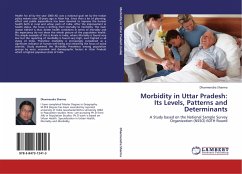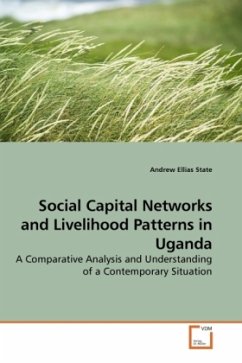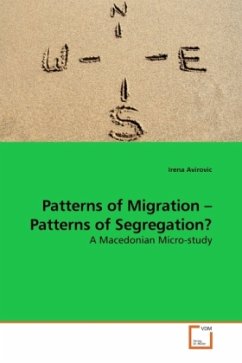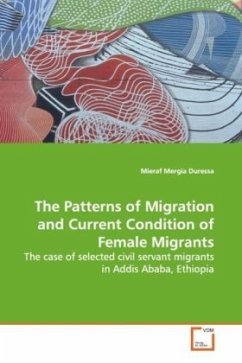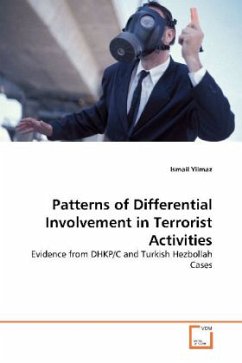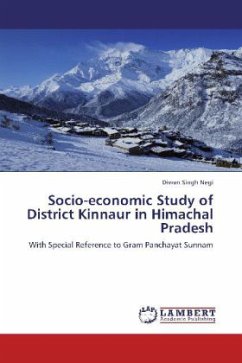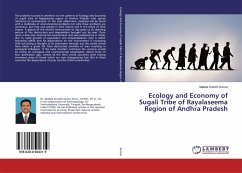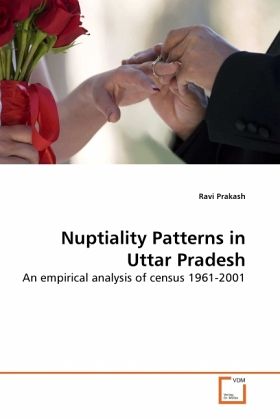
Nuptiality Patterns in Uttar Pradesh
An empirical analysis of census 1961-2001
Versandkostenfrei!
Versandfertig in 6-10 Tagen
32,99 €
inkl. MwSt.

PAYBACK Punkte
16 °P sammeln!
Nuptiality studies are not of recent origin, especially in the developing countries like India where lot of attention was given to address Child marriage. Over the last few decades, age at marriage has increased systematically around the world. However, this increase is not homogeneous. The pace of change varies across different population subgroups even within the same geographic territories. Owing to large social diversity in India, this study consider a state for study which is "traditional" in nature and is exposed to the current level of modernization too. Previous studies focused on this...
Nuptiality studies are not of recent origin, especially in the developing countries like India where lot of attention was given to address Child marriage. Over the last few decades, age at marriage has increased systematically around the world. However, this increase is not homogeneous. The pace of change varies across different population subgroups even within the same geographic territories. Owing to large social diversity in India, this study consider a state for study which is "traditional" in nature and is exposed to the current level of modernization too. Previous studies focused on this particular state dealt primarily with the formation of union, and factors influencing the age at marriage. Thus, the other domain of nuptiality, i.e., widowhood and remarriages remain neglected which are of equal importance in demographic research. This study, therefore, provides a complete overview of nuptiality pattern in Uttar Pradesh using the Indian Census data for last five decades. Attempt is also made to analyze the age pattern of marriage with mathematical models. A new survival approach is deployed to understand the extent of remarriage in the state.



